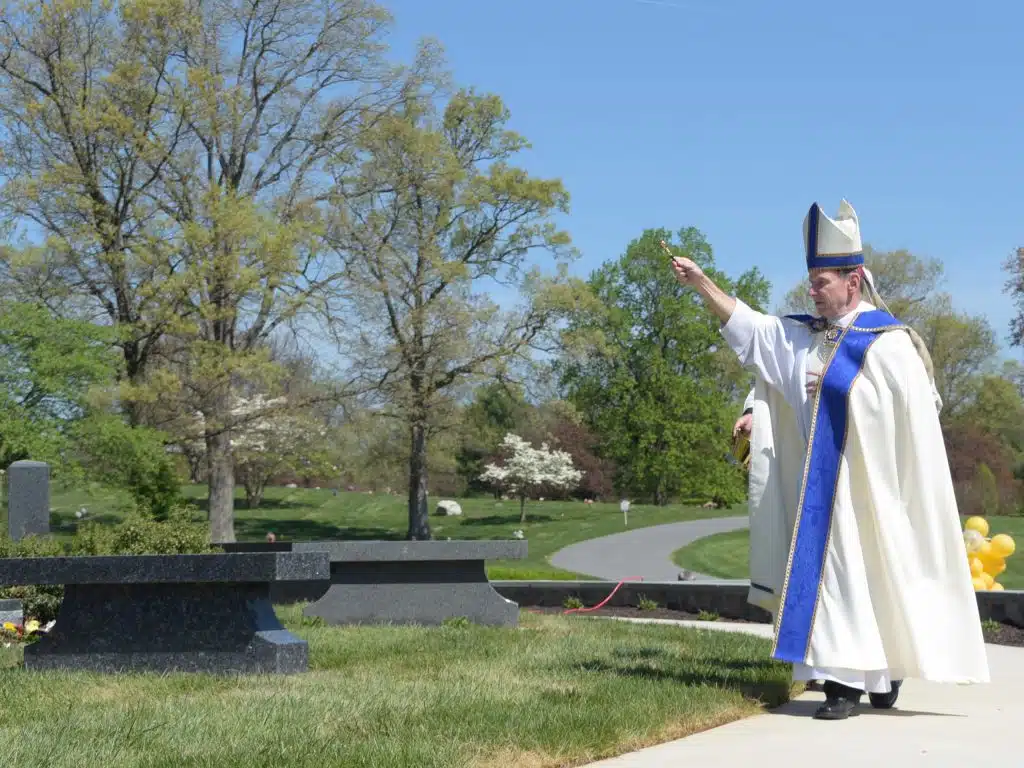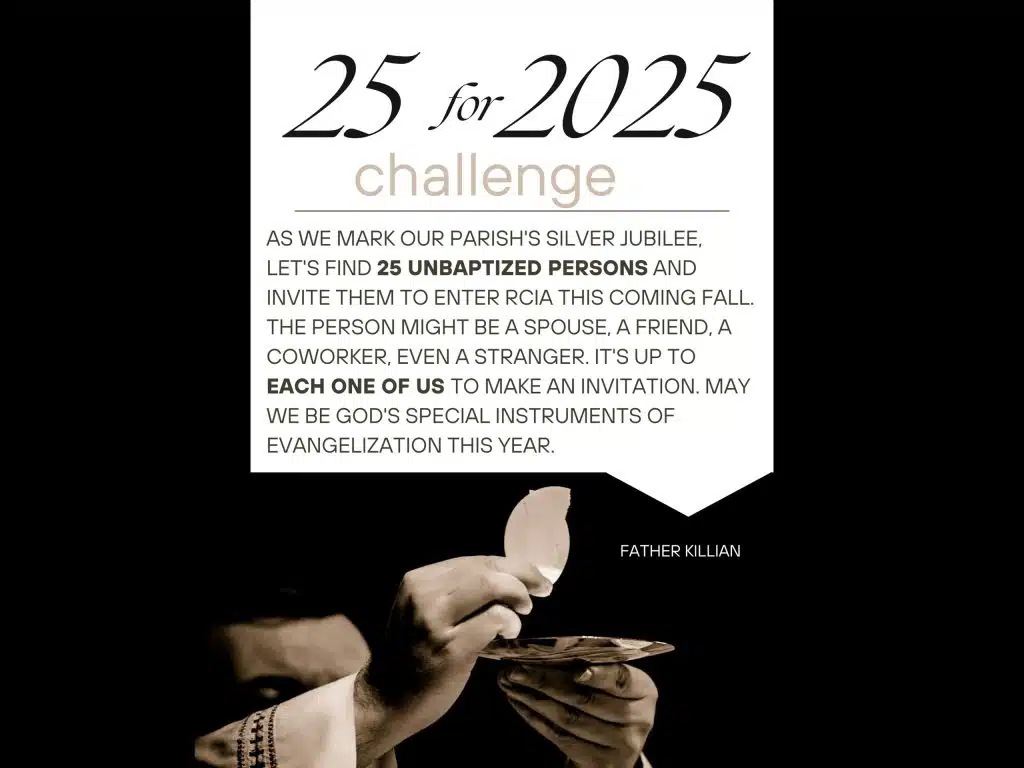Every night before Angelica Hatke goes to bed, the 14-year-old gets out her watercolors and a piece of paper and starts to paint. Three small parakeets chirp occasionally in a cage behind her as water and pigment form feathers, beaks and talons like magic. For the past year, Hatke has worked religiously in her second floor bedroom bringing birds of all shapes, sizes and colors to life. She is determined not to stop until she has painted all the species of birds — more than 10,000 of them.
Her mother, Anna Hatke, thought that after a month her daughter would tire of the project, but more than 300 birds later, she is still going strong. Hatke calculated that at this rate she will be in her 40s by the time she finishes.
“I have done the birds of prey and I have done a few of the small (bird) orders and just started on the geese, swans and ducks,” said Hatke. “I don’t plan on painting extinct ones because that would take all my life. There are thousands of extinct birds.”
Growing up in the Shenandoah Valley with her parents and four siblings provides ample opportunity to see her favorite animals in their natural habitat. In addition to the chickens, ducks and occasional turkeys on their property, she also enjoys watching the English sparrows, cat birds, green herons and other common birds that find their way to her.
While she has gone through phases of having other favorite animals, she always comes back to birds.
“My dad thinks it was because when we got chicks for the first time when I was 2, he gave me a chick and I kissed it. He says I have loved birds ever since,” said Hatke.
With the focus and dedication she has shown in the past year, it comes as no surprise that Hatke already knows what she wants to do in life.
“I feel like I really know who I want to be and what I want to do, and I’m glad about that because I don’t have to waste time thinking about that, and I can do what I know will get me there,” said Hatke. She wants to do scientific illustrations and write books on birds. She also wants to get her bird banding permit so she can assist other ornithologists track the health of bird populations. She already has experience handling birds that have shown up sick or injured on her doorstep.
Whenever she nurses a sick bird back to health or sees that another bird has died, she prays for the intercession of St. Francis and St. Werburgh on behalf of the birds. When she was confirmed at St. John Bosco Church in Woodstock, she chose St. Francis as her confirmation saint.
“When we save birds we save people because we often don’t realize how connected we are with them,” said Hatke. “When we get rid of vultures we start suffering because vultures help keep rabies, malaria, anthrax and other mosquito viruses down. A mammal that ate the carcass of another animal that had rabies would get rabies. The vulture wouldn’t.”
She explained how the decrease in India’s vulture population coincided with the rise of rabies in the human population.
Hatke’s love of birds combined with her Catholic faith has led her to see her faith in the birds she loves.
“I feel like the birds have always been connected with heaven because they have always been above us,” said Hatke. “I like that we associate the Holy Spirit with a dove because almost anywhere you are in the world you will see that animal because it is just about everywhere that people are.”
One of her other favorite birds is the elusive gray cat bird, cousin of the mocking bird.
“Before a storm, when all the other birds stop singing, the cat bird keeps singing and I almost feel that is like our faith,” said Hatke. “In the midst of all the despair, we still try and push on and be strong.”


